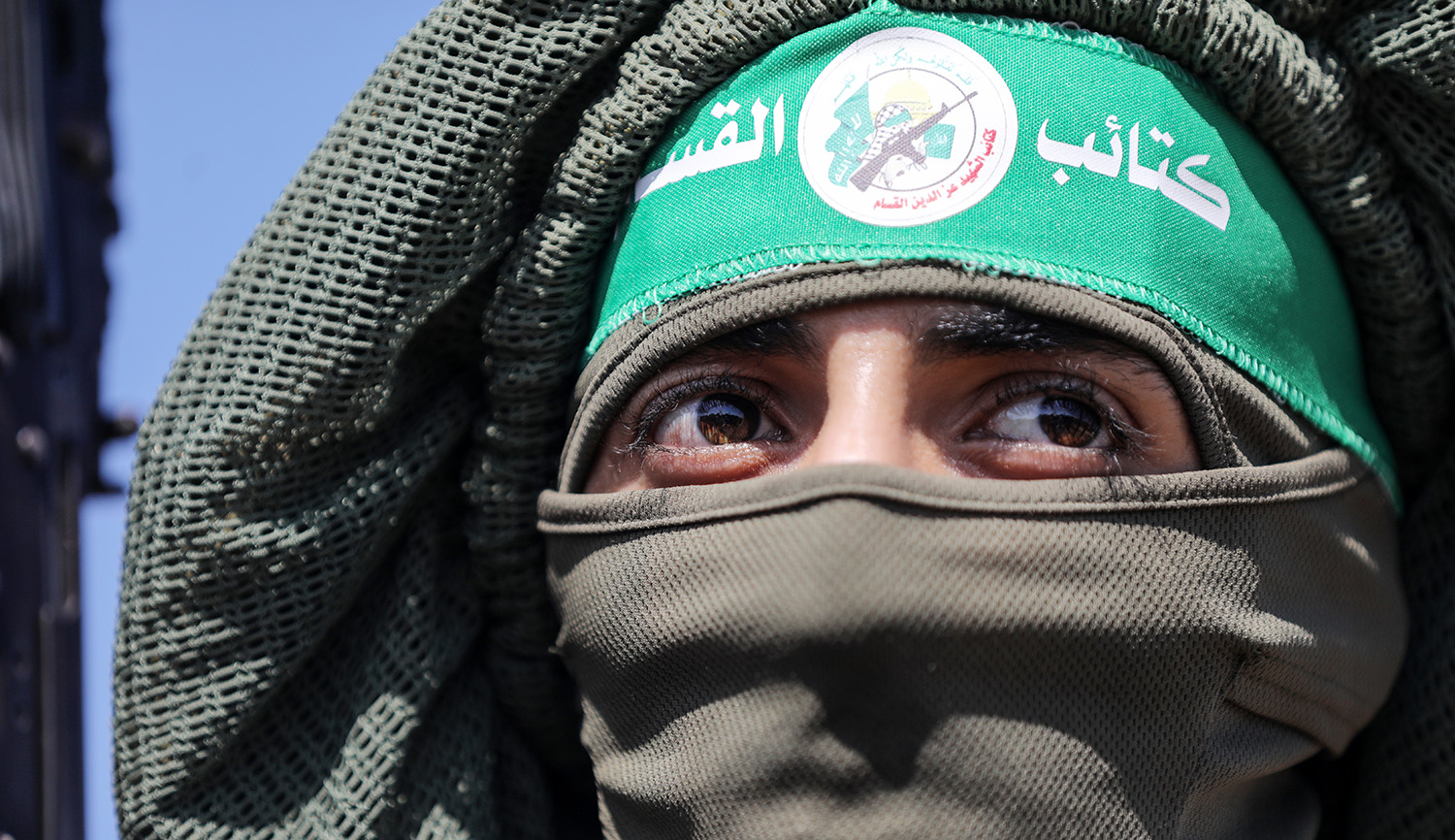Early Christian art contains frequent depictions of Jews but rarely gives them any distinctive Jewish features. Then, around the year 1000, Jews begin to appear in European art with pointy hats, beards, and (later) big noses. In Dark Mirror, Sara Lipton argues that the shifting portrayal of Jews reflected changes in Christian attitudes, as Bernard Starr writes in a review:
Jews were included in [early] Christian art “as witnesses” to show their blindness to the divinity of Jesus. The appearance of these Jewish witnesses also confirmed the superiority of Christianity by displaying the defeated lowly status of the scattered and “pathetic” Diaspora Jews—who were forced to scatter as God’s punishment for their blindness. . . .
Both the pointed hat and the beard were artistic inventions for identifying Jews in artworks. Lipton informs us that headwear was commonly used in medieval paintings to indicate rank or station in life. Popes were pictured with tiaras, kings with crowns, and soldiers with helmets. Since Jews had no distinctive headwear to identify them, artists invented the Jewish hat.
[Yet] apart from Jews “witnessing” in these paintings, there was no anti-Semitism or demonization of Jews in 11th- and early-12th-century medieval Christian artworks, Lipton confirms. That took a sharp turn by the mid-12th century, when Jews began to be demonized as enemies of Christianity. That was the beginning of Jews becoming, in Lipton’s words, “the most powerful and poisonous symbol in all of Christian art.”
More about: Anti-Semitism, Art, Christianity, History & Ideas, Jewish nose, Middle Ages


